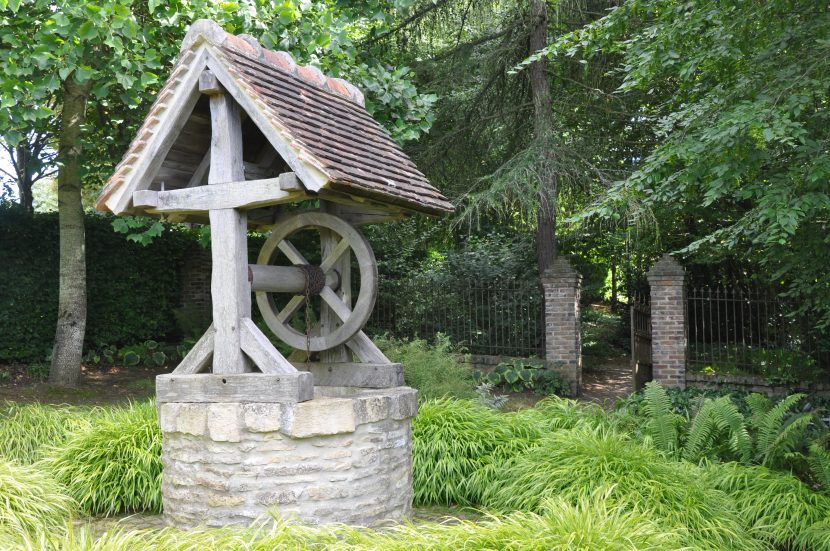You simply cannot survive without water. And while you might very well be able to purchase land for a homestead that has county or agricultural water, you might also want to consider self-reliant options for water. You also might not be able to buy land that is already irrigated and on the water grid, and either way, considering grids can always fail and if you’re homesteading, you are most likely intending to be as off-grid and self-reliant as possible, so alternative sources of water are always ideal. Here are a few of the most common methods for getting and keeping water on a homestead.
Wells
Wells are ideal, but they can also be expensive and are dependent on a few factors, like the water table on your property and the kind of ground you have. Wells are an invaluable resource though, so they’re definitely worth considering. If you are shopping for land, a property that already has a well is an excellent criteria to take into account when shopping around. If you already have land, you’ll want to research will drilling a bit first and compare different services if you can so you get the best deal and the most knowledgeable and experienced well drillers. Here’s a great video from a prepping vlogger on everything you need to know about drilling a well.
Rain Catchment
Harvesting rain water is a very cheap and easy way to collect water, but how reliable it is will of course depend on your location and how often it rains, as well as the means with which you have to collect, store and treat the water. For a simple off-grid homestead, or even if you have county water and simply want to harvest some rain water for your gardening and bathing needs, there are a few different cheap set-ups for very basic water catchment systems. One of the most common is building a sloped roof with a covered gutter that feeds into a large drum or container. There are also containers specifically designed for water catchment that have thick plastic mesh on top to keep out wildlife and filter out debris. Drinking catchment water can be a bit more complicated-you’ll have to filter or treat it, but there are low-budget options for this as well.
What are some methods of storing weather that you’ve considered for your homestead?
If you like this, you might also like:

4 Replies to “2 Common Water Sources for Homesteads”
I was wondering about those of us who are already sitting on a GREAT well…in the country. The pump is at the bottom, about 97′, and I have not been able to find info for how to utilize that well when SHTF. It is also buried about 6-8′ in an old well pit which isn’t really the problem.
Has any advice in this situation been considered? All of my neighbors and most country friends in NW Ohio have this setup and depth locally.
I do remember a hand pump here when I was very young. Dad and I would wash up after working the farm.
Hi Mary,
You need to get a local electrician to look at it and see if it will run. He can tell you how it work – you need to know if it is an alternating current (AC) or direct current (DC) pump and how much current it draws. With that information you can either power the pump with a generator or a solar charged battery bank. That electrician should have some information on that as well. Good luck!
Hi — I’m trying to order and the ClickBank keeps telling me there’s an error. All cards are shown. However, is it restricted to Visa? I’ve entered an American Express card. I can use a Mastercard, but not a Visa. Please advise!
Has anyone been able to get an answer from these people about HOW TO CONVERT CATCHMENT WATER FROM RAIN BARRELS INTO DRINKABLE WATER????? This article mentions there is a low cost way to do this but that is all they say. I have written to the support people here about 5 times now and still have not received any reply. Don’t think much of this site if they don’t stand behind these articles.
This water conversion issue is extremely important to all and can be a matter of survival in emergency ……..